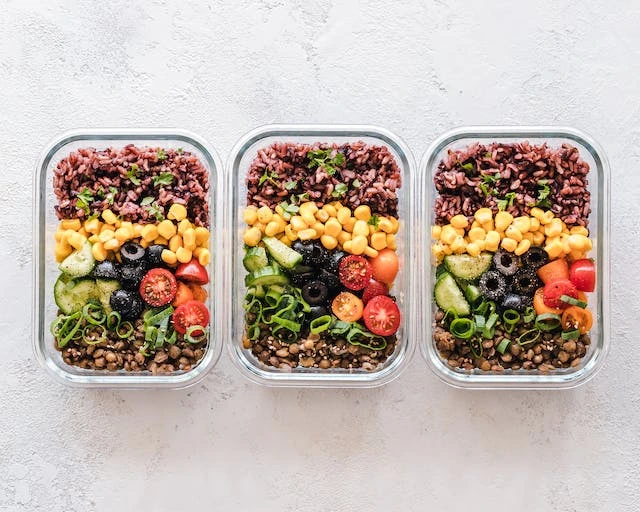Foods to Help Lower Your Blood Pressure
After your blood pressure check, the first thing your doctor might ask you is, "how much salt do you eat?"
Great question, as salt is the easiest culprit in our diets. The problem is that most of us haven't got a clue
what the answer is to that question.
The obvious first thing to cut out is fast food and restaurant dining. Salt is the go-to seasoning for
restaurant cooks and chefs, since it's cheap and plentiful. But what else can you do?
First, take a look at what you're cooking with at home.

If you use canned beans, for instance, rinse them well 2-3 times to flush away some of the hidden sodium. You won't get it all, but this does help. When
your recipe calls for tomato sauce, reach instead for canned tomato paste - and put the kettle on to boil.
If you mix tomato paste with an equal amount of hot water, you will get a richer tomato flavour without the high sodium of tomato sauce. Some brands, such as Hunt's, now offer a No Salt Added version that's even better for you. Add some fresh chopped herbs, or dried herbs, to add depth of flavour. Be generous with the herbs to get an out-of-the-ordinary taste.
Cut down on breads and crackers. They contain a lot of sodium but we tend to see these foods as essential. But most of us are eating much more than we need. Instead of crackers for the salsa, dip or peanut butter, try celery or carrot sticks, cucumber slices, or slices of sweet peppers.
Right now in the summer we're eating a lot of asparagus and green beans. We do get bored with simple steamed vegetables, so mixing 1/4 cup each of olive oil and balsamic vinegar, 1 teaspoon of grated garlic, and a tablespoon or two of chopped herbs, such as rosemary, basil and sage, makes a great marinade for many vegetables. Marinate for at least a 1/2 hour, then cook them on the barbeque or in a shallow frying pan until done.
Really look at the amount of sodium in everything you buy. We generally need no more than 1,500 mg daily of sodium. We do need some sodium to transmit nerve impulses around the body and help your muscles contract (including the heart). Sodium also controls senses such as taste, smell and touch. But 1,500 mg isn't much - about 2/3 of a teaspoon of salt. Daily.
Finally, get in the habit of eating foods rich in calcium magnesium and potassium instead of eating high salt/high fat foods. Some of these foods include:
1. White beans. One cup of these gives you 13% of the calcium, 24% of the potassium and 30% of the magnesium you need daily. Use the No Salt versions or rinse thoroughly.
2. Fat-Free Plain Yogurt. 25% calcium, 10% potassium and some magnesium.
3. Pork Tenderloin. 15% potassium and 6% magnesium
Some other foods to look at include nuts and seeds; whole grains such as quinoa, teff and amaranth; fish such as salmon, bass, herring, sardines and mackerel; fresh vegetables such as tomatoes, carrots, radishes, and garlic; leafy greens such as spinach, Swiss chard, turnip and beet greens provide significant amounts of these very important elements.